In a promising turn of events for the Army, the service has made significant strides toward its recruitment goals this fiscal year, having enlisted nearly 30,000 active-duty soldiers. This represents a substantial increase of 6,000 over the same timeframe last year, as revealed by internal data accessed by Military.com.
Despite facing a severe recruitment challenge, reminiscent of the Vietnam War era, the Army’s progress provides a boost to the incoming Trump administration. Recruitment has been a contentious issue on both the Pentagon’s and Capitol Hill’s agendas.
President-elect Donald Trump’s nominee for Secretary of Defense, Pete Hegseth, has made recruitment a priority, attributing recent challenges to cultural and political factors without providing evidence for these assertions.
However, the Army’s recruitment hurdles are primarily due to many young Americans not meeting the necessary body fat or academic standards. To address this, the Army launched the Future Soldier Preparatory Courses in 2022, designed to prepare applicants who fall short of these requirements. These courses have been instrumental, with nearly a quarter of the 55,000 recruits last year being participants who otherwise would not have qualified.
These preparatory courses, seen as a critical solution to the recruitment crisis, aim to support young Americans by enhancing their physical fitness or providing essential tutoring for the SAT-style entrance exam. This is especially pertinent as school test scores have been declining over the years, notably among boys.
As first reported by Military.com, this year’s recruitment success is partly due to the service’s delayed-entry program, which accounts for 11,000 recruits. This figure is approximately double from recent years, comprising individuals who volunteered last year but commenced basic training this year due to scheduling constraints.
The large size of the delayed-entry pool is attributed to space limitations at basic training facilities, which have been partially allocated to the Future Soldier Preparatory Courses. Additionally, delays in medical processing have been a persistent issue, prompting the Army to increase staffing and adopt a more flexible approach to minor medical concerns unlikely to impact military duties.
Recruitment officials have expressed frustration over prolonged enlistment delays, often due to minor injuries or conditions that recruits have already overcome. Such delays increase the likelihood of potential recruits abandoning the process.
To make enlisting more enticing, the Army has introduced new incentives, such as allowing recruits to select their initial duty station. Popular installations include Fort Cavazos in Texas, Fort Carson in Colorado, and Fort Campbell in Kentucky, each drawing approximately 800 recruits this year.
The appeal of these bases lies in their extensive job opportunities and proximity to recruits’ hometowns. For instance, Fort Campbell is a favored destination for those from the Midwest, while Texas continues to be a significant recruitment hub for the Army.

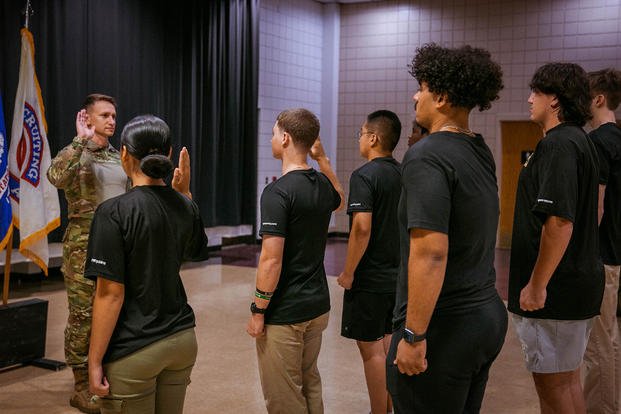
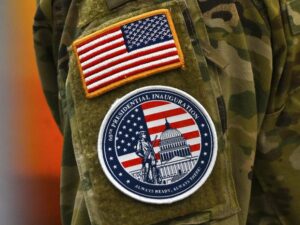
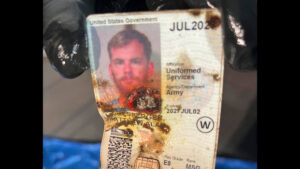
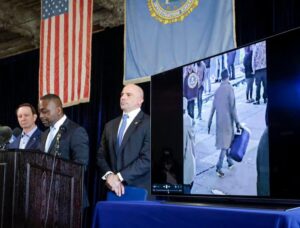




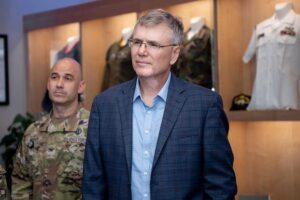
Be First to Comment